Last week I surveyed our followers on Instagram to see what I should focus on during International Compost Awareness Week. One of the results that jumped out at me was this one:

If 43 percent of our audience needs help with basic terminology, that seems like an obvious starting point for building compost awareness.
Don’t want to read a long post? Here are the essentials:
- Soil is the earthy material you plant your garden in.
- Compost is decayed organic matter that you add to soil to improve fertility and structure.
- Mulch is anything used to cover the surface of your soil, for a variety of reasons we’ll discuss below.
- Dirt is an ill-defined term, but may be best understood as the stuff you find under your fingernails after a day working with soil, compost or mulch.
Simple enough, right? As with all things worth digging into, though, the devil is in the details. So let’s dig in . . .
What is soil?
Soil is the earthy medium in which (most) plants grow, and in which (most) gardening and farming takes place. I won’t be going too deep into soil science in this post but, for the home gardener, there are three things you typically want to know about your soil:
1. Soil Texture
The most fundamental characteristic of your soil is it’s texture, which is determined by the comparative amounts of sand, silt and clay.
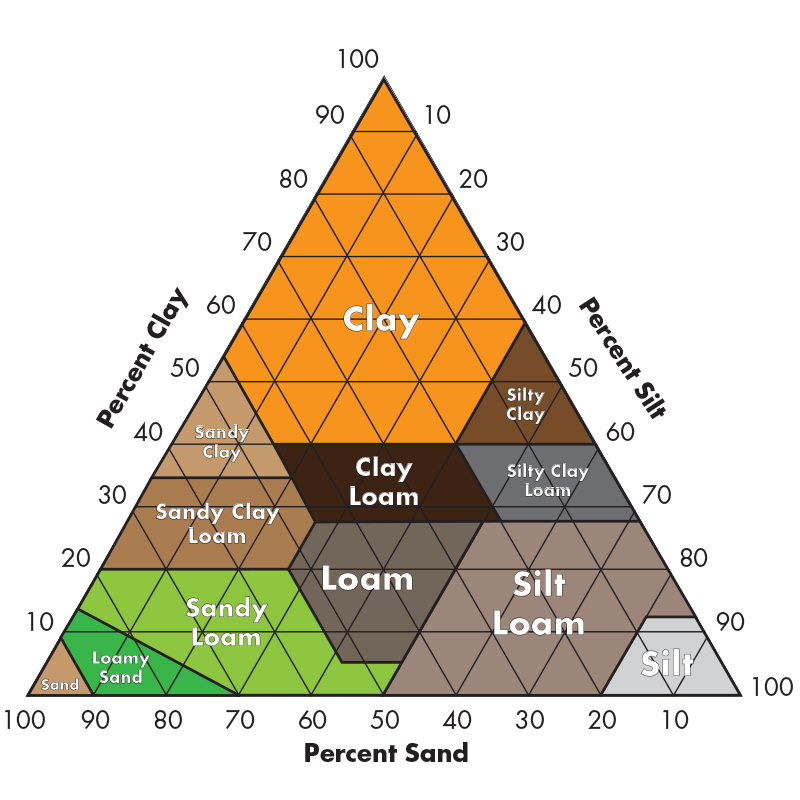
It’s important to know your soil’s texture both because different plants thrive in different soil textures and because your decisions about amending your soil will be influenced by the existing texture.
2. Soil Composition
Per the USDA’s Natural Resource Conservation Service (PDF), the average composition of US soils is 45% minerals (including the minerals making up the sand, silt and clay that define the soil texture, as well as other trace minerals), 25% water, 25% air, and 5% organic matter. Garden soils are likely to have a higher concentration of organic matter due to the high density of life and the addition of composts and organic mulches.
3. Soil Nutrients
The primary macronutrients your plants need to grow are nitrogen (N), phosphorous (P), and potassium (K). Chemical fertilizers are typically labelled with their NPK ratios because they are so vital to plant growth. Secondary macronutrients include calcium, magnesium and sulfur. There are also a host of trace minerals (Iron, Manganese, Copper, Zinc, Boron, Molybdenum) that are important to plant health but tend to be abundant in North American soils.
I’ve glossed over a lot of details — particularly the critical question of how to test for texture, composition, and nutritional content — because this post isn’t meant to be a crash course in soil analysis. Instead, I’m just trying to lay out some building blocks for a comparative discussion about our remaining topics: compost, mulch and dirt. I’ll share more about soil analysis in future posts but, for now, let’s move on to compost . . .
What is compost?
Compost is organic material that has decayed enough that it can be added into your soil to improve soil structure and fertility. Scroll back up to the “soil” section above and you can intuit that compost does not significantly alter the soil texture — if you add compost to a sandy loam soil you’ll still have a sandy loam soil. It will, however, alter the soil composition by increasing the soil’s organic content AND altering both the water and air carrying capacity of the soil. Adding compost to a sandy soil will help it retain water, while adding it to clay soil will improve drainage and allow air into the soil.
Compost will likely also change the soil chemistry by changing the ratio of all the macro and micronutrients.
As an aside, the terminology around compost can be confusing. You can definitely call your Little Green Bucket “my compost bin”, but can you call the stuff inside “my compost”, or should you save the word “compost” for the finished product only? The truth is that it’s murky, and probably just a matter of opinion. Personally, I try to call the inputs “compostables”, “food waste”, “green waste”, or “organic waste”, but I slip up all the time and call them “compost”, too. On the other end, I try to call the output “finished compost”, but often lapse and simply call it “compost”. I avoid the word “humus” as much as possible.
What is mulch?
A mulch is any material that you spread over exposed soil in order to suppress weeds, improve water retention, stabilize soil temperatures, and/or improve aesthetics. There are tradeoffs between each of those functions, and different mulching materials excel in different ways.
Commercially available landscaping mulches include organic products like wood chips, shredded bark, and pecan shells, as well as non-organic products like gravel or landscaping fabric.
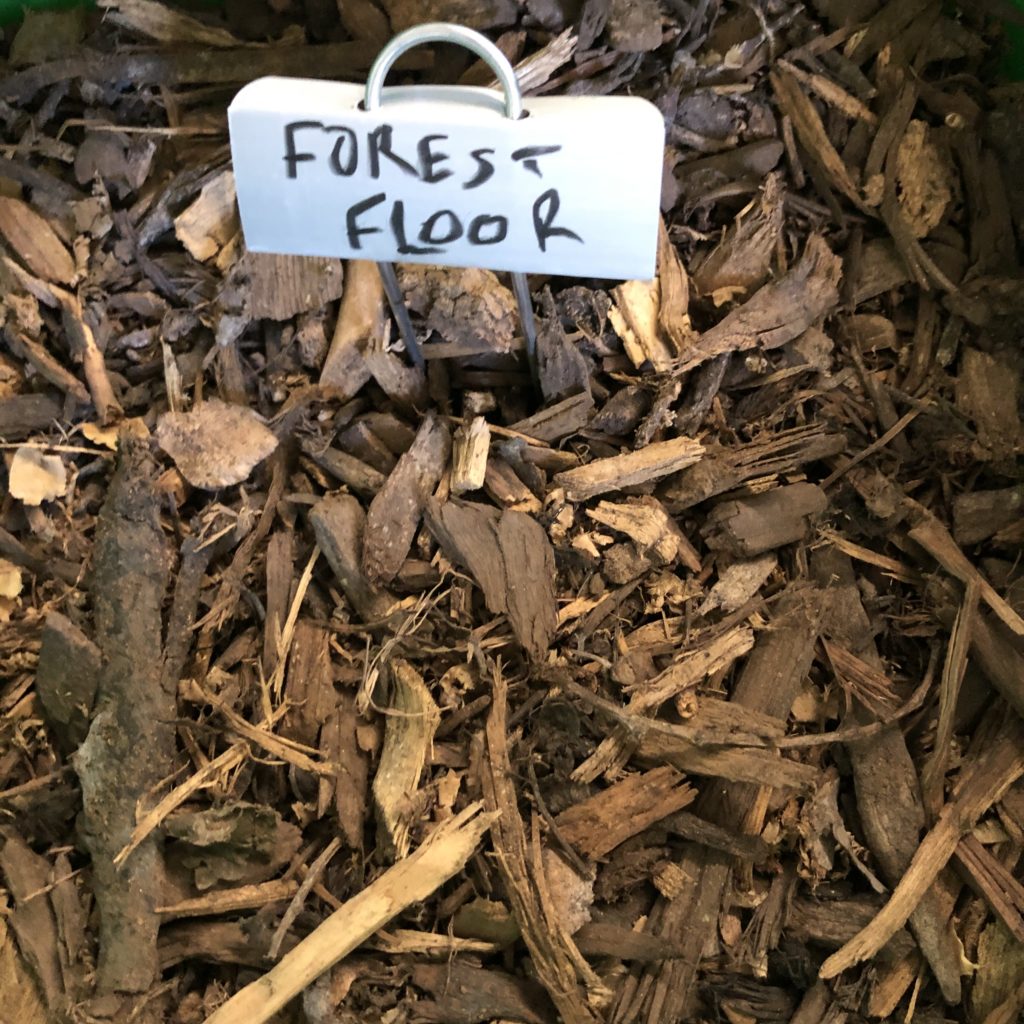
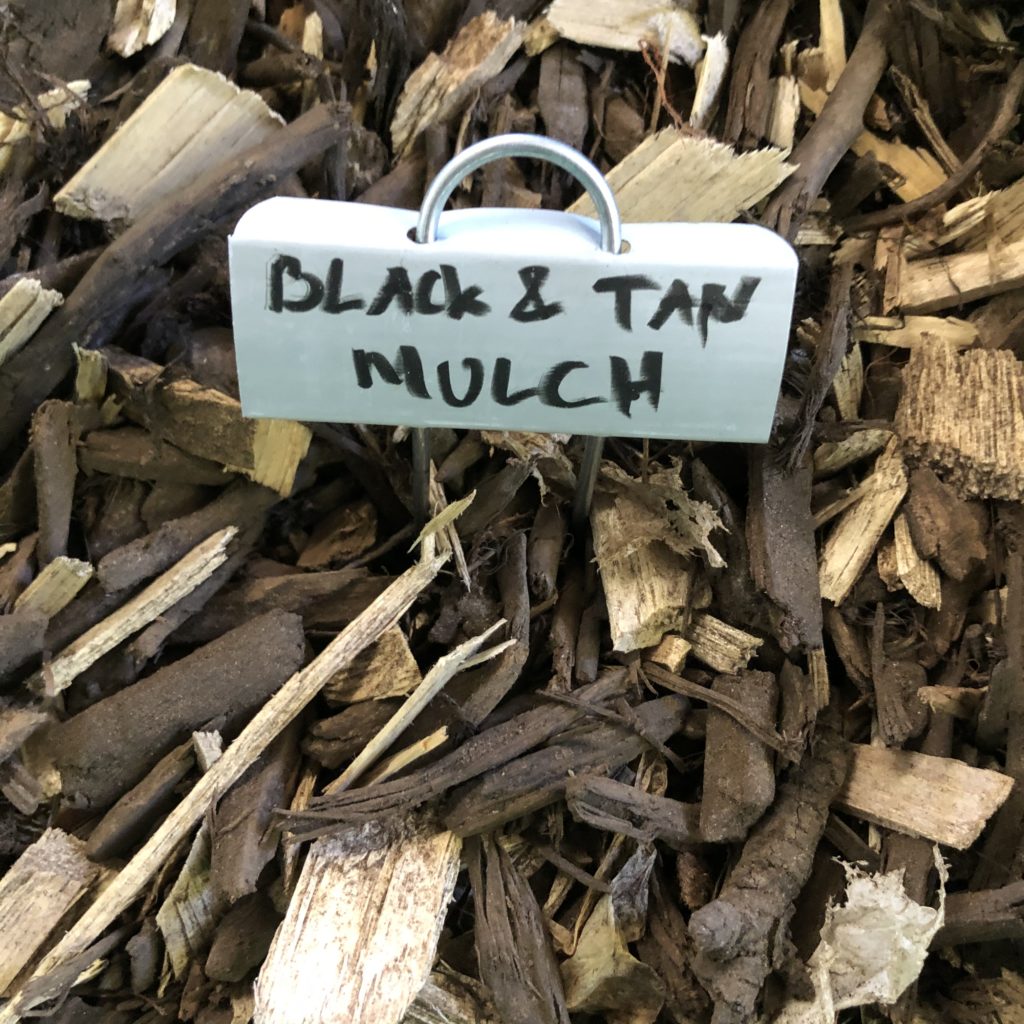
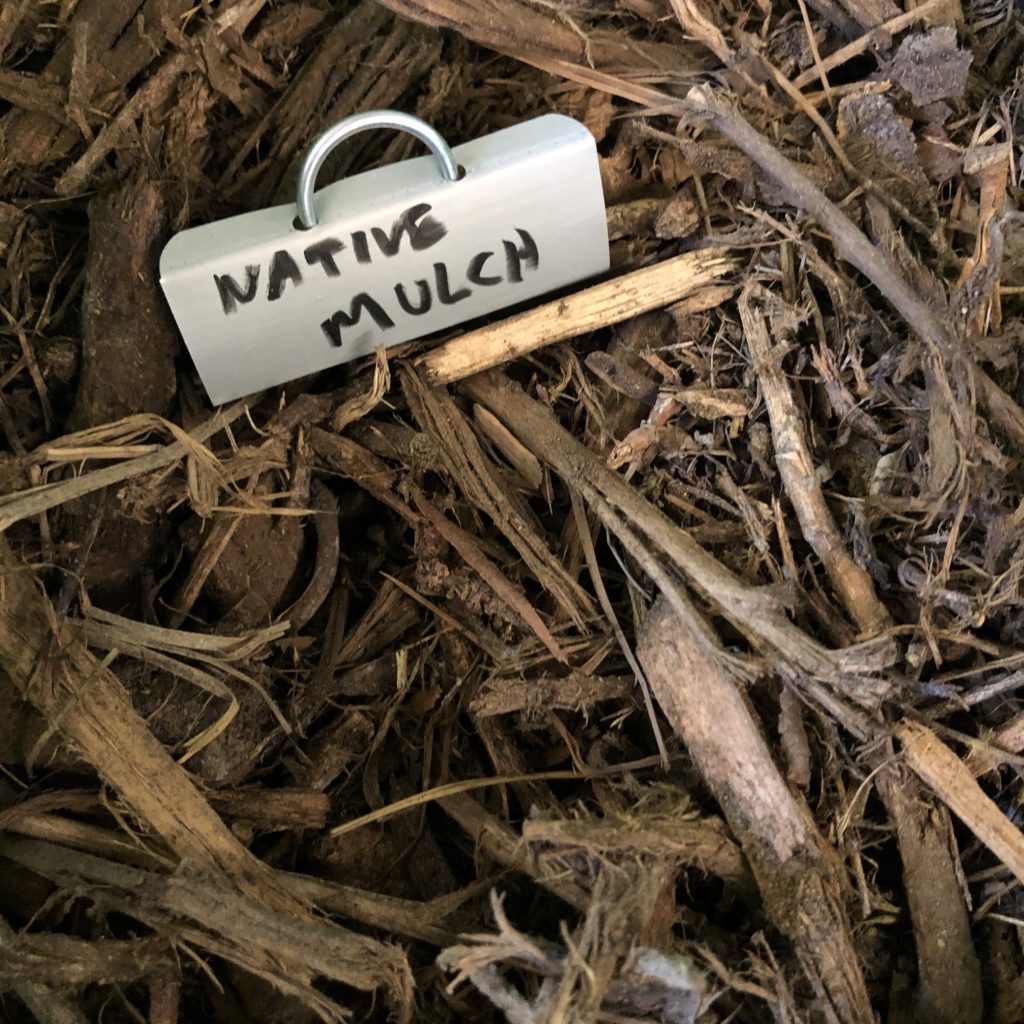
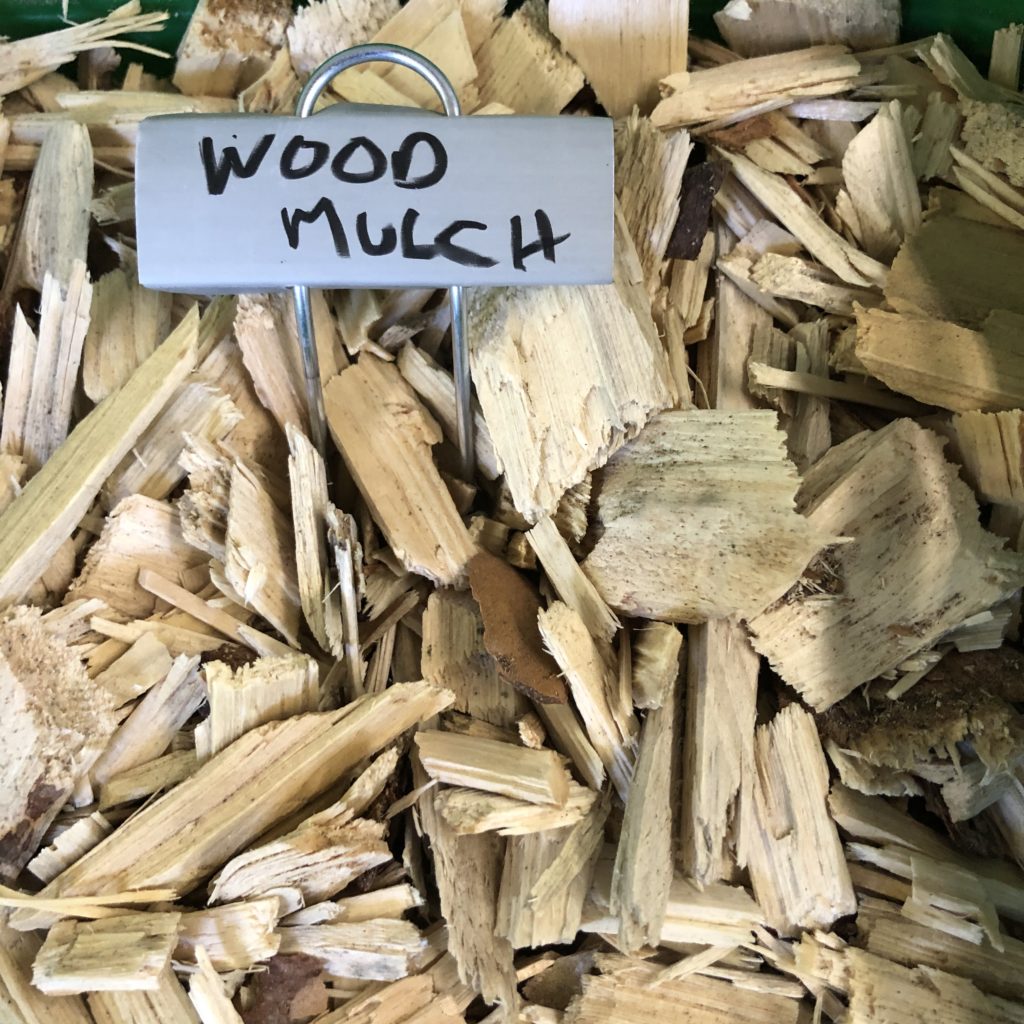
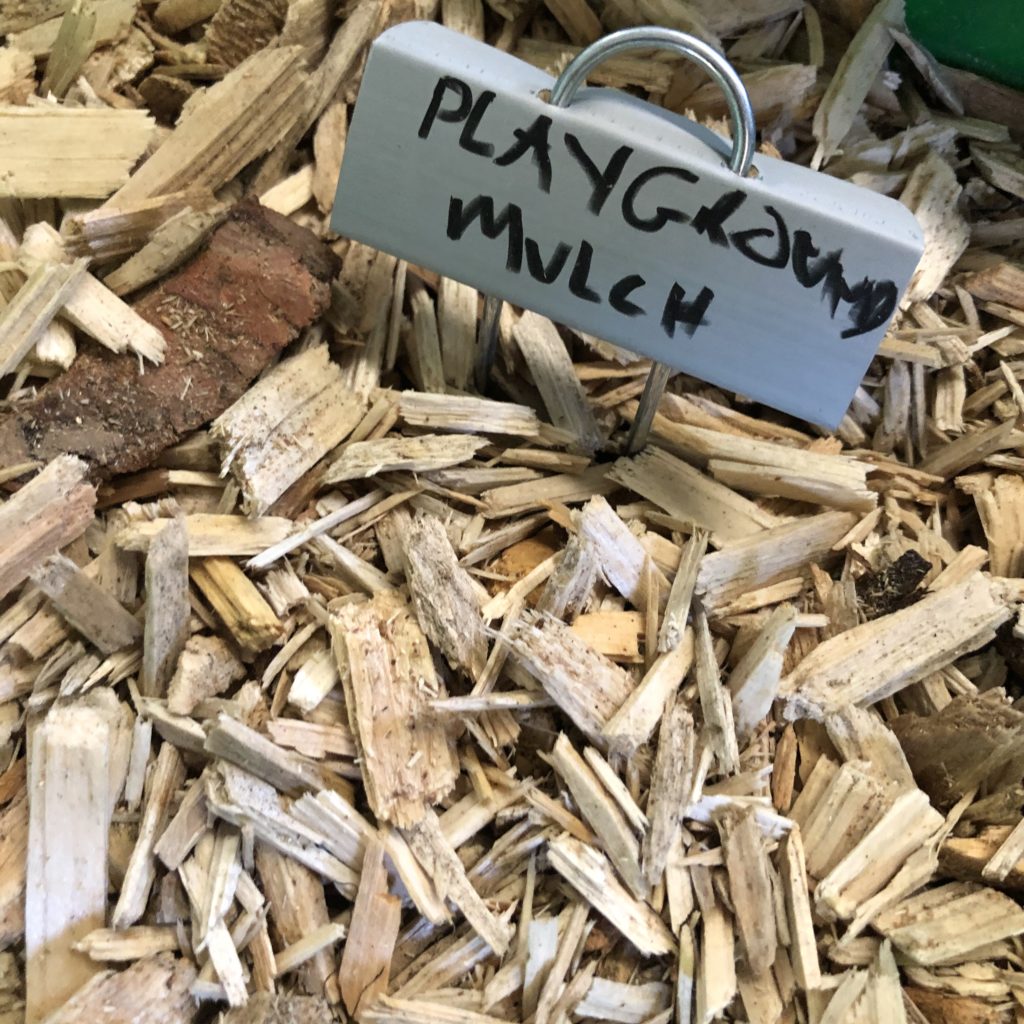
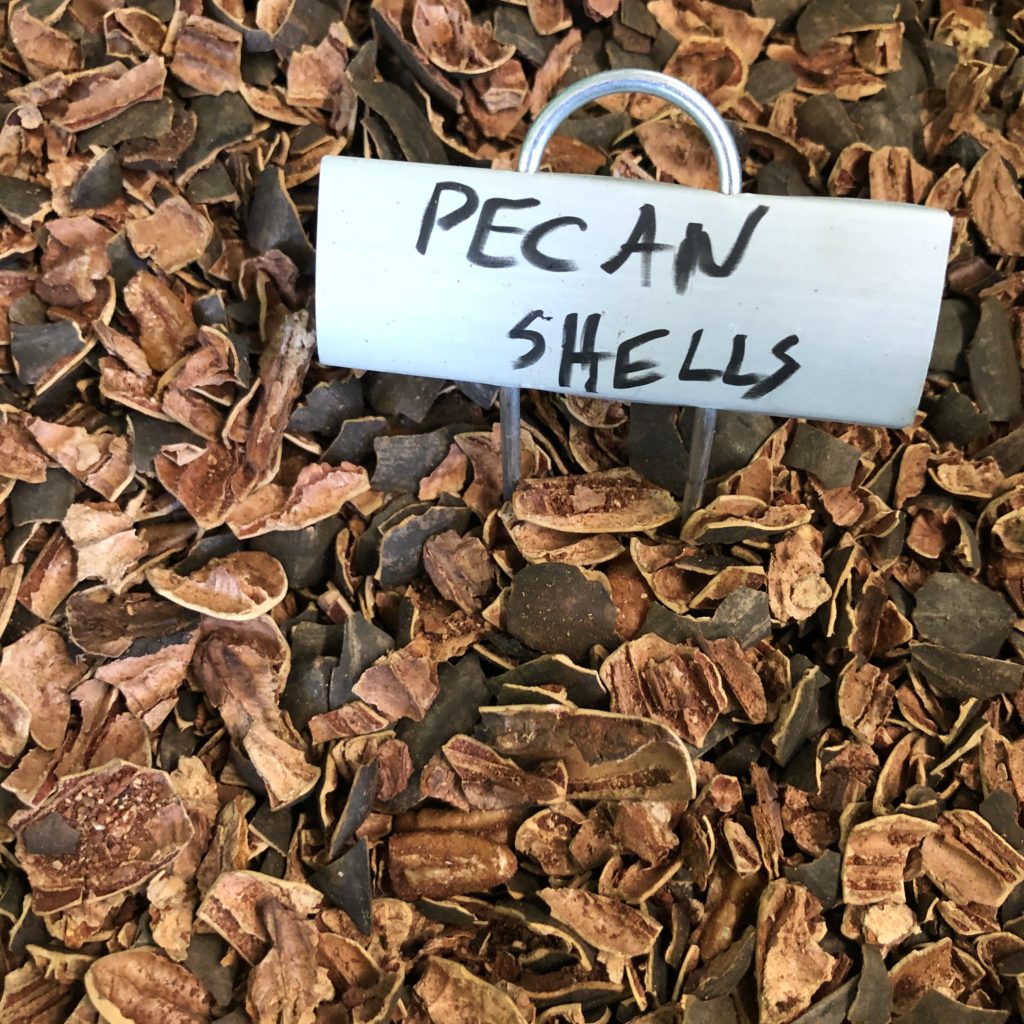
Food growers might prefer to mulch their growing areas with more budget-friendly mulches like leaves, grass clippings, or other green waste, or with straw.
An annual cover crop or a perennial ground cover, if grown for mulching purposes, could be called a “living mulch”.
And now it’s time for a plot twist: having clarified the difference between compost and mulch, I’m going to muddy the waters again by pointing out that compost can be used as a mulch. Remember, anything that is used to cover soil is a mulch. So while the “conventional” use of compost is to till it into your topsoil, or buy a topsoil or potting soil that already has compost mixed in, no-till farmers and permaculturists often mulch their growing areas with compost, and then allow natural processes to integrate the extra organic matter into the underlying soil over time.
And what the heck is “dirt”?
Nobody knows. I’m joking, but only barely. You can buy dozens of different kinds of soil, compost, and mulch, with properties tailored to suit different gardening and landscaping needs. But you can really only buy one kind of dirt: fill dirt. And what is fill dirt? It’s unscreened subsoil that is extremely low in organic matter, may contain rocks and boulders, and is typically extracted from hillsides impacted by construction or mining.
Some pithy definitions of dirt:
- Dead soil.
- What dirt roads are made from.
- What you find under your fingernails.
- What your kids get on their clothes.
Closing thoughts
Whew. That’s a lot of info in a very short amount of space. There is, of course, WAY more to learn about each of these topics. Except dirt — that’s about all we need to say about dirt.
Later this week I’ll share a kid-friendly mulching demo to show how important it is to mulch your garden when you’re living in a high desert climate like Albuquerque’s.
At some point I’ll also put together a post on basic soil analysis to help you estimate the texture and composition of your soil as well as at-home and mail-in options for testing soil for Ph, macro and micronutrients, and for contamination.
And, of course, I’ll have many future posts about compost and composting, both this week and beyond. Stay tuned for more Compost Awareness Week posts in the coming days.
Afterthought: I’m almost certain someone is going to leave a comment asking why I didn’t mention soil PH, so I’ll get ahead of it: here in Albuquerque, PH isn’t very interesting. Our soils are all alkaline, so we just accept that we’ll probably never be able to grow blueberries.

Thanks for the info. Very on formative. Thankyou
Great concise article. As both a gardener/landscaper and civil engineer I feel compelled to add that there is a lot more to know about dirt, aka earth but that belongs to the engineering realm. Most of us return to our homes after a stint in the garden and we want to feel safe in our homes. The ‘earthwork’ that takes place before a home is built is key to its stability particularly on hillsides. The roads that we travel on also rely of the engineering principles of ‘dirt’ under the pavement. Cheers.
Great information. I wasvalways a little concern about using grass clippings as part of compost or as mulch. Wouldnt their be grass seeds in the clippngs causing weeds to get in my garden? I would definantly like your advice.
Two things that should put your mind at ease with grass:
1. On most lawns that are mowed with any regularity, you’re mowing them before the grass is long enough to set seeds. So even as a mulch, it’s pretty safe unless it was allowed to grow particularly long and form seed heads.
2. In a compost pile, any large volume of green grass (such as about 5 or more loads from a push mower) is going to very quickly create hot compost conditions, which will eliminate any seeds.